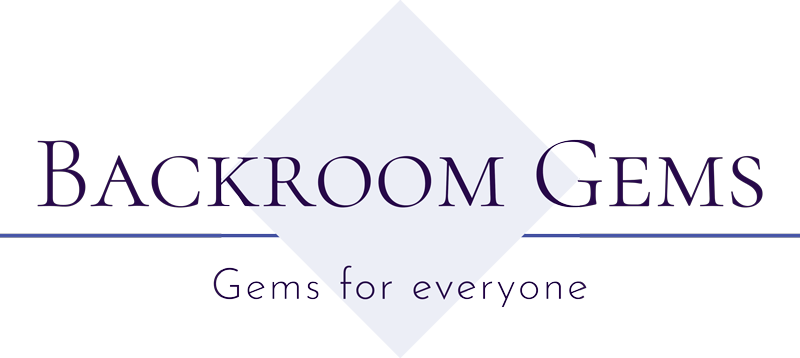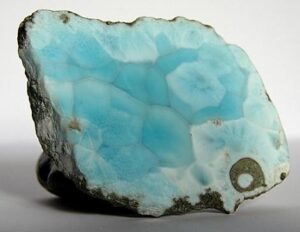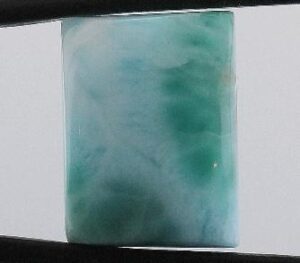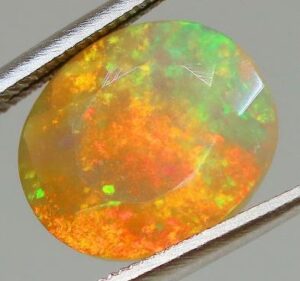Valentine’s Day: The Heart’s Legend
Valentine’s Day: The Heart’s Legend
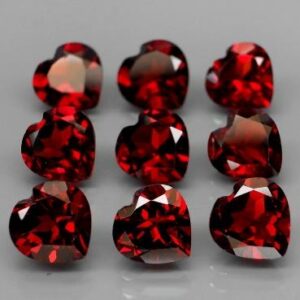 Everyone remembers their first crush in school and wanting to give them the best card or present for Valentine’s Day so they hopefully tell you they like you back. You devote hours to glitter and glue, spend your entire allowance trying to pick out the perfect stuffed animal or piece of jewelry, and muster up the courage to ask them to be yours. They say “yes!” and you are smitten the rest of the day! As we get older, the feeling is just as special when the person you love still chooses to be yours (gifts or no gifts). Some may call it a “corporate holiday” that only exists to sell candy and greeting cards, but then the questions remain… why do we celebrate this day? Where did all the symbols come from? Why do people give jewelry and eat chalk candy? For that, we have to jump in a time machine (or you can keep reading)!
Everyone remembers their first crush in school and wanting to give them the best card or present for Valentine’s Day so they hopefully tell you they like you back. You devote hours to glitter and glue, spend your entire allowance trying to pick out the perfect stuffed animal or piece of jewelry, and muster up the courage to ask them to be yours. They say “yes!” and you are smitten the rest of the day! As we get older, the feeling is just as special when the person you love still chooses to be yours (gifts or no gifts). Some may call it a “corporate holiday” that only exists to sell candy and greeting cards, but then the questions remain… why do we celebrate this day? Where did all the symbols come from? Why do people give jewelry and eat chalk candy? For that, we have to jump in a time machine (or you can keep reading)!
When it Started (Maybe)
According to history, there were actually multiple Christian martyrs with the name Valentine in the mid two hundreds, but all in different regions. One in Rome, one in Terni, and a third who is known for nothing more than being martyred in Africa. The Valentines of Rome and Terni were each buried on the Via Flaminia on February 14th, but in different locations, and their relics are placed in separate churches. The 14th is celebrated as St. Valentine’s Day in several Christian denominations and “feast day” is also shown in the calendar of saints of the Lutheran Church. However, the Roman Catholic Calendar of Saints was revised in 1969 and the feast day of St. Valentine was taken from the General Roman Calendar and moved to local calendars due to nothing being officially known of St. Valentine apart from where and when he was buried. So, unfortunately, no more days off of work to eat chocolate and count roses.
The timing of the 14th seems slightly convenient in that it splits the ancient Pagan holiday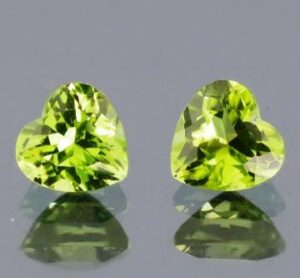 Lupercalia which was said to be abolished in the late 400s. Lupercalia was celebrated in Rome annually between February 13th and 15th to honor Pan and Juno as well as Romulus and Remus. During this festival, priests sacrificed a goat and a dog in the cave where Romulus and Remus are said to have been raised by a she-wolf. These animals are sacrificed for fertility and purification, their hides dipped in blood, and the priests would go around town smacking women and crop fields with it to promote fertility in the upcoming year. On the slightly less morbid side, women would then place strips of parchment with their names on it in a goblet of sorts to be selected by eligible bachelors. These pairings would often result in marriage. While this festival is no longer celebrated, a name in a cup sounds way simpler than making a heart-shaped card.
Lupercalia which was said to be abolished in the late 400s. Lupercalia was celebrated in Rome annually between February 13th and 15th to honor Pan and Juno as well as Romulus and Remus. During this festival, priests sacrificed a goat and a dog in the cave where Romulus and Remus are said to have been raised by a she-wolf. These animals are sacrificed for fertility and purification, their hides dipped in blood, and the priests would go around town smacking women and crop fields with it to promote fertility in the upcoming year. On the slightly less morbid side, women would then place strips of parchment with their names on it in a goblet of sorts to be selected by eligible bachelors. These pairings would often result in marriage. While this festival is no longer celebrated, a name in a cup sounds way simpler than making a heart-shaped card.
The Legend
While the official history is rather vague and dull, the legend is where love truly shines.
 There are several versions, but the story goes that the priest Valentine was persecuted as a Christian and interrogated by Roman Emperor Claudius II who attempted to convert him to Roman paganism to save his life. Valentine instead tried to convert the Emperor to Christianity and was then executed. Prior to his death, he supposedly healed the blind daughter of his jailer and is said to have written her the firs‘Valentine’s’ card which was signed “Your Valentine.” Legend has it that Julia planted a pink-blossomed almond tree near his grave and today is recognized as a symbol of love and friendship. An embellishment to the legend suggests that Valentine used to perform Christian weddings for soldiers that were forbidden to marry and gave them hearts cut from parchment to remind them of their vows. Possibly being the origin of using hearts on Valentine’s Day. Saint Valentine was said to have worn a purple amethyst ring (worn by Christian bishops) with an image of Cupid engraved in it, which was recognized as a symbol of love. The Roman soldiers would see the ring and ask him to perform their marriages. Possibly due to the association with Saint Valentine, amethyst became February’s birthstone, which is thought by some to attract love.
There are several versions, but the story goes that the priest Valentine was persecuted as a Christian and interrogated by Roman Emperor Claudius II who attempted to convert him to Roman paganism to save his life. Valentine instead tried to convert the Emperor to Christianity and was then executed. Prior to his death, he supposedly healed the blind daughter of his jailer and is said to have written her the firs‘Valentine’s’ card which was signed “Your Valentine.” Legend has it that Julia planted a pink-blossomed almond tree near his grave and today is recognized as a symbol of love and friendship. An embellishment to the legend suggests that Valentine used to perform Christian weddings for soldiers that were forbidden to marry and gave them hearts cut from parchment to remind them of their vows. Possibly being the origin of using hearts on Valentine’s Day. Saint Valentine was said to have worn a purple amethyst ring (worn by Christian bishops) with an image of Cupid engraved in it, which was recognized as a symbol of love. The Roman soldiers would see the ring and ask him to perform their marriages. Possibly due to the association with Saint Valentine, amethyst became February’s birthstone, which is thought by some to attract love.
Valentine’s Day Icons
Roses are red, violets are blue; this poem isn’t great, but it’s just for you! Poetry and romantic writing are a February 14th staple that has been popular since Chaucer’s Parliament of Fowls; the first recorded correlation of Valentine’s Day with romantic love. Although his poetry may be significantly more dignified than Hallmark cards today, the message still remains about love. Some other Valentine’s Day symbols have interesting histories as well. For example, Cupid was originally known to the ancient Greeks as Eros, the god of love. He had two sets of arrows (one for love and one for hate) to play with the emotions of his targets. Romans would tell stories of his mischief and he adopted the chubby, child-like appearance that we know and love today.
 With the reappearance of Sweethearts candy, it’s important to note that they originally started out as lozenges. The creator of the machine that produced the lozenges quickly switched over to making Necco Wafers, and his brother came up with the idea to make them with adorable sayings in 1866. They began using heart shapes in 1901. Over a century of heart-shaped chalk candy! One of the sayings on these candies are XOXO. Why does “X” stand for a kiss? “X” came to represent Christianity and the cross in the Middle Ages and, during the same time, was used to sign off documents. Marking with an “X” the writer would then kiss it as an oath or “sealing with a kiss.”
With the reappearance of Sweethearts candy, it’s important to note that they originally started out as lozenges. The creator of the machine that produced the lozenges quickly switched over to making Necco Wafers, and his brother came up with the idea to make them with adorable sayings in 1866. They began using heart shapes in 1901. Over a century of heart-shaped chalk candy! One of the sayings on these candies are XOXO. Why does “X” stand for a kiss? “X” came to represent Christianity and the cross in the Middle Ages and, during the same time, was used to sign off documents. Marking with an “X” the writer would then kiss it as an oath or “sealing with a kiss.”
This Valentine’s Day
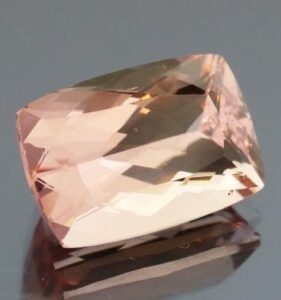
Valentine’s Day as we know it today looks different around the world, with many countries celebrating it on different days throughout the year, but for us in America, we see hearts, roses, and chocolate the second Christmas goes on clearance in the stores. For the last-second gift-givers, flowers and a Hallmark card on the way home from work seems like it gets the job done. But what if I told you there’s an easy way to give your significant other something they will love for years to come? Jewelry is always a solid selection when it comes to a gift that will last long after the flowers wilt. If you want to cherish time together, having a stone set is a personal gift that will sweep them off their feet! You can choose the perfect gem for your sweetheart at Backroom Gems and spend a memorable Valentine’s Day with the one you love. No cheesy poem is required… Although, I’m sure they would love it!
